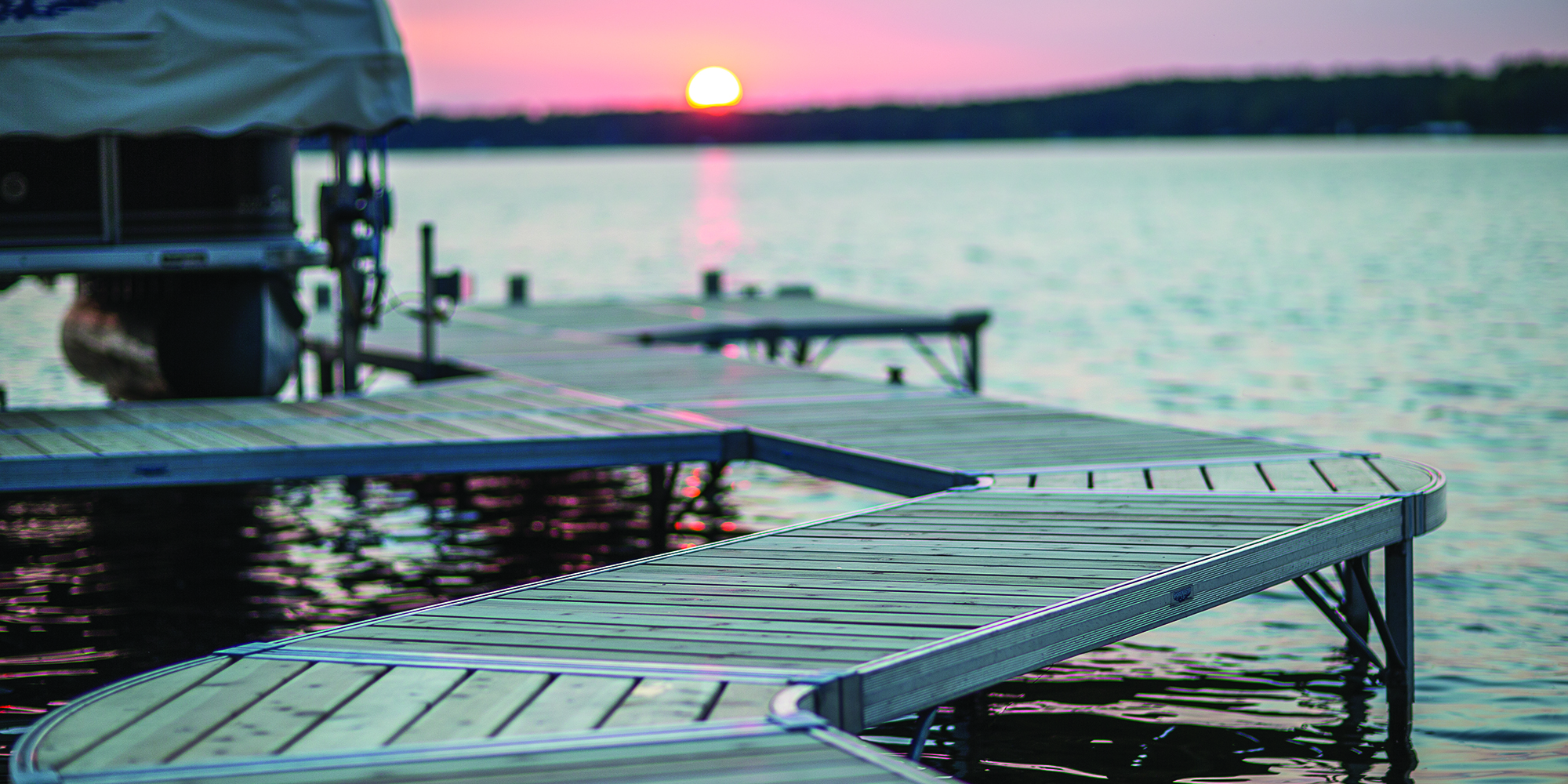How to Enhance Safety on Boat Dock
Apart from being a waterfront extension of home, boat docks serve as a launchpad for many outdoor adventures. However, they can also be a petri dish of potential hazards without the necessary precautions. Below, we discuss the primary boat dock safety considerations you should take to leave danger out of the equation while indulging in fun and leisure.




